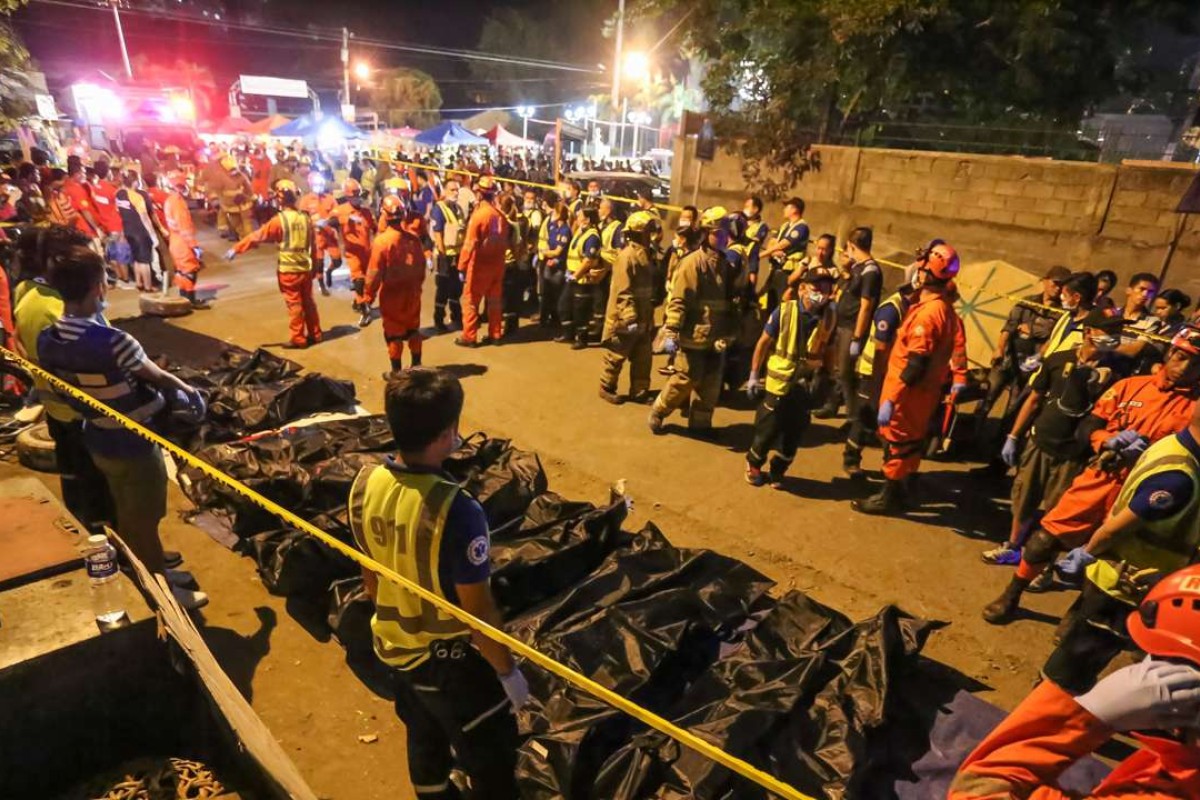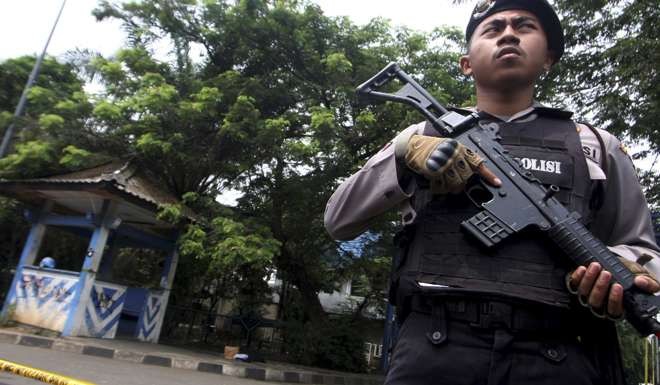President Rodrigo Duterte’s calculated estrangement from the United States could have a profound impact on the Southeast Asian region’s struggle against Islamic terrorism at a time when cooperation appears to be deepening among…

President Rodrigo Duterte’s calculated estrangement from the United States could have a profound impact on the Southeast Asian region’s struggle against Islamic terrorism at a time when cooperation appears to be deepening among extremist groups loyal to the Islamic State of Iraq and Syria (ISIS).
ISIS may be in its death throes in Iraq as a government-led task force closes in on its Mosul headquarters, but Institute of Policy Analysis (IPAC) director Sidney Jones said it could only increase the incentive for IS loyalists to commit acts of violence at home.
“ISIS has deepened cooperation among extremist groups in Southeast Asia, but most law enforcement agencies retain a strongly national orientation, without in-house expertise on groups outside their own borders,” she said in her latest report, which focused almost exclusively on developments in Mindanao.

Philippine President Rodrigo Duterte and Chinese President Xi Jinping shake hands after a signing ceremony held in Beijing, China last week. Photo: Reuters
Jones said an accurate assessment of the security threat in Indonesia or Malaysia may partly depend on understanding developments in the southern Philippines, which is seen by the ISIS leadership as an extension of its caliphate in Southeast Asia.
While the Muslim-dominated western provinces of Mindanao have not been formally declared as a province, or wilayat, Jones said the extremist organisation has endorsed Abu Sayyaf leader Isnilon Hapilon as amir for Southeast Asia, and hundreds of Southeast Asian fighters in Syria have pledged their loyalty to him.
The US currently has about 100 troops left in the south-western port city of Zamboanga, down from about 600 when the special forces task force was operating at its peak between 2008 and 2012. Most are there in a supporting role and the only actual training is done by small teams that come and go on a rotation basis.

A policeman in Tangerang, in Indonesia's Banten province stands guard outside a location where a suspected supporter of Islamic State attacked a fellow officer on October 20. Photo: Antara Foto/Reuters.
So far, Duterte’s anti-US tirade hasn’t affected anything on the ground. But he was quoted in Tokyo this week saying he wanted US troops out of the country within two years and is was even willing to scrap defence pacts with Washington if necessary.
Without US encouragement and support in intelligence and training, sources familiar with the situation say the Philippines will have a difficult time tackling the sort of scenario Jones describes.
The president’s answer to the spread of extremism in the Philippines has been to flood Sulu province, which comprises the islands of Jolo, Basilan and Tawi-Tawi, with troops while he endeavours to engage the Moro Islamic Liberation Front (MILF) on the Mindanao mainland in another round of peace talks.
Philippine-based analysts report widespread disquiet in the military over Duterte’s pivot to China, with former president and one-time armed forces commander Fidel Ramos an outspoken critic of the roughshod new leader’s “20th Century thinking” after 100 days in office.

Moro Islamic Liberation Front rebels raise their firearms in celebration of a peace deal signing at Camp Darapanan in Maguindanao province in 2012. Photo: Reuters
Ramos said the Philippines should be building its relationship with the US, instead of bringing up old issues that destroy friendship and goodwill – pointing to Duterte’s frequent mention of two massacres perpetrated by US troops during their 48-year colonial rule. One, in 1906, was carried out at Bud Dajo on the island of Jolo, which left nearly 1,000 Moro fighters and villagers dead. It was also the scene of a bloody 1972 battle between government forces and the Moro National Liberation Front (MNLF), which levelled the island’s main town.
Jones said the support for ISIS in Mindanao has not only led to a repackaging of old kidnapping-for-ransom groups, but has also facilitated cooperation across clan and ethnic lines, widened recruitment to include tech-savvy university students and opened new international communication and possibly funding channels.
“It means that more deadly violence in the Philippines involving alliances of pro-ISIS groups is a matter of when, not if,” she said. “It may also increase the possibility of cross-border extremist operations.”
The report homed in on four pro-ISIS groups and their regional ties – Haplon’s Basilan-based Abu Sayyaf faction, the Ansarul Khilafah Philippines (AKP) in Sarangani and Sultan Kudarat provinces, the Maute Group in Lanao del Sur and the Bangsamoro Islamic Freedom Fighters (BIFF) operating out of the Liguasan Marsh in neighbouring Maguindanao.
It is unclear how the threat from pro-ISIS groups will be affected by Duterte’s various peace initiatives, but in the past it has been assumed that the failure to deliver a peace dividend would discredit the moderate Moro leadership and lead to support for more militant splinters. And with the growing influence of ISIS, the danger now is more from unification rather than splintering, as the Philippine groups join forces for operations – evidenced by the September 2 bombing of the night market in Davao, the sprawling city Duterte reigned over as mayor for 22 years.
Jones said this ISIS-driven unity may only be temporary, but it could leave behind hardcore Mindanao-based jihadists who are more ideological than their predecessors and look to like-minded associates in the region for support.
A workable peace with the MILF remains an important barrier to the spread of extremism, but there is likely to be a less obvious correlation than in the past between the dynamics of negotiation and the risk of violence.
http://www.scmp.com/week-asia/geopolitics/article/2040581/dutertes-us-split-threatens-weaken-southeast-asias-struggle

No comments:
Post a Comment
Note: Only a member of this blog may post a comment.